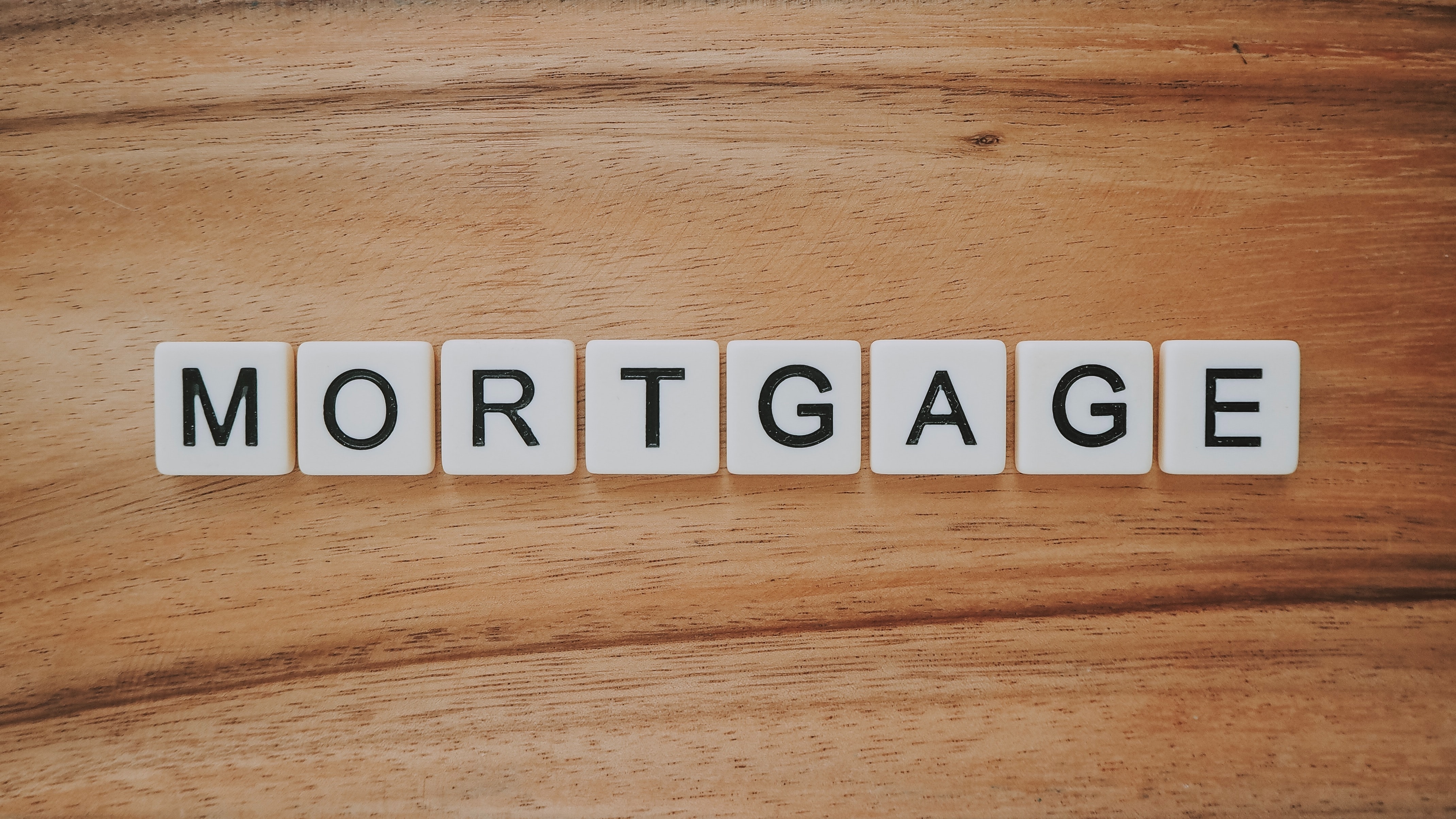Any of us who have parents or grandparents who took out home mortgages in the latter half of the 20th century have all heard them talk about how lucky the following generations have been. Compared to interest rates of 17% and 18%, the record low interest rates of the last 20 years have made borrowing money a very cheap exercise.
However the bargain-basement borrowing rates we all got used to were simply too low to last. The party had to stop at some point. Now, for the first time in 11 years, the RBA has lifted interest rates, and there is a sense of tension in the air. Particularly with the increase in the cost of living, from petrol and gas prices to fresh fruit, households are feeling a little unsure of the future. But is this the interest rate rise we have to have, and will it help or harm?

According to smh.com.au, interest rate rises help to cool price pressures in the economy and that’s good for us all, in the long run. Interest rate hikes work via various channels, of which the hit to mortgage-holder hip pockets is just one part. Higher interest rates actually help households with cash savings (like term deposits), which can include renters aspiring to be first home buyers, but mostly comprise retirees.
For households with a home loan (roughly a third of Aussie households have mortgages) higher interest costs eat a chunk out of their disposable income (unless you’re on a fixed rate). Such households are likely to cut back on other purchases, reducing spending in the economy, and taking pressure off prices.
Higher interest rates help to cool inflationary pressures in the economy by the ‘save versus invest’ debate. Generally, higher borrowing costs are an incentive to save and a disincentive to borrow to invest. The cost of borrowing goes up because of how much extra money you have to plough into interest payments. The effect of both these changes in incentives is to delay purchases which reduces total demand in the economy. The price of anything is determined by the twin forces of supply versus demand; when demand for something falls (all other things being equal) prices also fall. That’s the gist, at least.

Ultra-low interest rates have spurred a massive ramp up in borrowing by households, mostly to fund property purchases. This has hurt potential buyers, but made many current homeowners feel like their net wealth has vastly improved which encourages spending. Ballooning asset prices encourage people to tap into the accumulated equity in their loans, to either fund current spending or borrow further, perhaps via an investment property. Higher interest rates make it harder for people to afford to borrow as much and in turn push up home values.
Finally, higher interest rates also work their dis-inflationary magic via their impact on the Aussie dollar. Higher interest rates increase the appeal to foreign investors of owning Australian dollar denominated assets. To buy those assets, they need to buy more Aussie dollars and so this pushes up the value of our dollar.
Preparing for rising interest rates.
Canstar’s editor-at-large, Effie Zahos, said the Reserve Bank of Australia’s decision on 3 May to raise interest rates from emergency lows to a new cash rate of 0.35% will translate to an increase of $88 each month on the average mortgage. Under the new rate, the monthly payment on a $600,000 home loan would rise to $2,324, an increase of $74, the Finder.com.au comparison website states. For someone with a $1m loan, repayments would rise by $130 a month.
So what to do?
- Just as it is wise to keep your fixed-income portfolio liquid, it is also prudent to lock in your mortgage at current rates before they rise.
- While many borrowers with fixed-rate loans still have time to enjoy low and steady repayments, preparing for rising rates now could put them in a better position when their fixed terms end.
- Get ahead on your home loan - if you can, making additional repayments to your mortgage now could help soften the impact of an increase in repayments in the future.
- If you are able to save that little bit extra every month or every week, start putting that money aside now so if rates do climb further, you’re in a position where you can move money from additional savings to your home loan.
- Refinance your home. Borrowers concerned about mortgage pressure should be prepared to switch lenders, cut other spending and seek financial advice. Research what deals are around. Shop around to see which banks have the best interest rates on offer. Compare other lender offerings with your own mortgage and if you are not getting the best deal, take action. New customers get better deals than existing customers..
- Check your spending by going through your own. Print out your statement and highlight everything recurring, from home and contents and health insurance to your internet and mobile phone plans, energy bills and streaming subscriptions.
- Check what concessions you might be entitled to, like an electricity concession.
- If you are struggling, talk to your bank. They should be able to offer help – whether it’s reducing your repayments, offering you lower interest or temporarily pausing your home loan. In some states, there are also mortgage relief schemes.
How high will interest rates go?
While all of Australia’s big four banks lifted mortgage rates in line with the RBA’s 25-basis-point increase, there’s little consensus on exactly where and when the cash rate will reach its peak. NAB and ANZ have both predicted the cash rate will peak at around 2.5 per cent. ANZ expects this will happen in the middle of 2023, while NAB expects the peak will be reached towards the end of 2024. Westpac has predicted a slightly lower peak of 2.25 per cent by the middle of 2023, while CBA expects the cash rate to top out at 1.6 per cent by early 2023, the lowest expectation of the four major banks. (Note: mortgage rates are typically a few percentage points higher than the cash rate.)
The RBA said most borrowers with fixed-rate loans are likely to be able to handle the increases in their repayments when their fixed-rate terms expire, which in most cases will occur by the end of 2023. Apparently interest payments have declined for most borrowers since they first took out their loans, with interest rates on new variable housing loans having fallen since 2011.
The most vulnerable people are likely to be people that have new mortgages or have taken out mortgages in the past couple of years and haven't ever experienced these higher rates and haven't had time to build up those mortgage buffers over the past two years. Fortunately an improvement in lending standards over the last five year with the increased serviceability buffer means most of those borrowers should be well placed to meet their repayments – although tightening of budgets is inevitable
Canstar group executive financial services Steve Mickenbecker said first-home buyers who stretched their budget to get into the market last year are among the most vulnerable to higher rates. "Increases to repayments may not sound like a big stretch, but with wage growth having fallen behind the cost-of-living rate increases will add to the financial pressure on many households," he said. "The many borrowers who are ahead on their loan repayments and have seen their equity grow over the last two years in particular will not be too stressed. But it's a different story for borrowers who have stretched to get into a house in the last 12 months or so and haven't had time to make extra repayments or build equity."
How much would monthly home loan repayments go up if interest rates rise? |
|||||||
|
Home loan principal |
0.15% increase |
0.25% increase |
0.40% increase |
0.50% increase |
1% increase |
1.5% increase |
2% increase |
|
$250,000 |
$19 |
$33 |
$53 |
$66 |
$135 |
$206 |
$279 |
|
$500,000 |
$39 |
$65 |
$105 |
$132 |
$269 |
$411 |
$557 |
|
$750,000 |
$59 |
$99 |
$159 |
$199 |
$405 |
$618 |
$837 |
|
$1,000,000 |
$79 |
$131 |
$211 |
$265 |
$539 |
$823 |
$1,116 |
|
$1,250,000 |
$98 |
$164 |
$264 |
$331 |
$674 |
$1,029 |
$1,395 |
|
$1,500,000 |
$117 |
$197 |
$316 |
$397 |
$809 |
$1,234 |
$1,673 |
|
$2,000,000 |
$157 |
$263 |
$423 |
$530 |
$1,079 |
$1,646 |
$2,232 |
According to domain.com.au, there may be a silver lining to rising interest rates for first-home buyers. While prospective buyers could see a reduction in their borrowing capacity as a result of interest rate increases, rising rates could also trigger a decline in property prices, which may help first-home buyers enter the property market sooner. “Low interest rates have contributed to a significant increase in property prices, which has kept many first-home buyers out of the market,” says Felicity Emmett, senior economist at ANZ. “Lower interest rates have really driven a big increase in [property] prices and have contributed to a deterioration in housing affordability. Home-ownership rates, particularly for people in those younger age groups, have been falling for decades now.”
With the prospect of rate rises, a slowdown in market conditions and rising supply could ease the pressure a little on first-home buyers. However as interest rates rise, so do lenders’ assessment rates.
For buyers looking to stick to a set price range, a reduction in their borrowing capacity could mean they may have to save a larger deposit or compromise on the type of property, its size or location to buy within their budget.

www.danckert.com.au